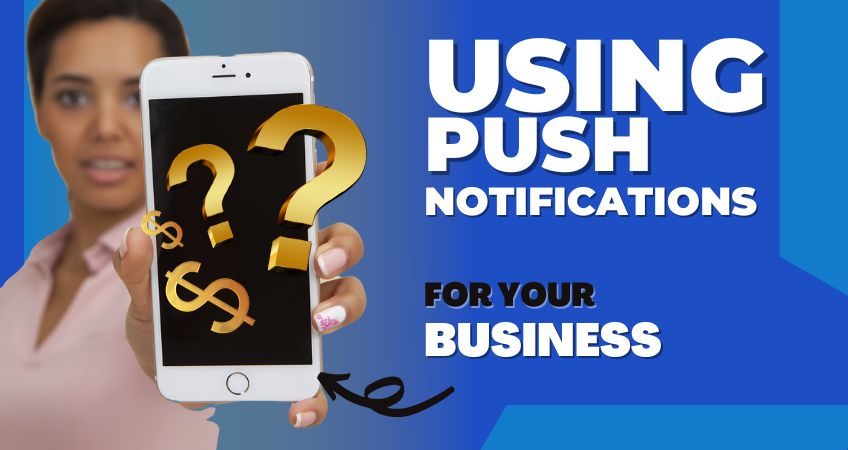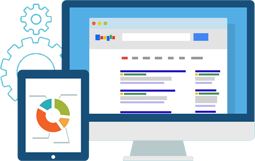
Using Push Notifications for Your Business
Push notifications are automated messages sent by a website to its customers. It encourages them to come back whenever new content or updates are posted. Customers can see the push notification and click them to be transported to the new update posted.
Why Should You Use Push Notifications?
So, why exactly are push notifications preferable over other tactics like email marketing or following sites on social media? According to an SEO company in Los Angeles, it’s because the latter depends on various factors that can go wrong.
With email marketing, the email address could be typed wrong, your email could end up in spam instead of inbox, or your email could end up being unread and ignored. With social media following, your customer may just leave your website and not follow you on social media, the social media website’s algorithms may not show new posts, or your customer may just scroll past you on their feed.
On top of that, you’re also competing against other companies that use email and social media marketing!
Push notifications are great because it relies on the customer’s preference and the customer’s preference alone. You don’t have to visit external websites like emails and social media to see notifications. You don’t have to try and pry people’s contact information from them to send notifications. The only deciding factor is if the customer wants to click it or not, and you always want to leave this option open.
How Do I Use Push Notifications?
If implemented correctly or using the right tools, using push notifications is an absolute breeze. Everything from start to end maximizes your chances of returning traffic.
When a customer first visits your site, they are prompted to allow push notifications. It usually shows up somewhere on the page that’s easily visible. It might even show up as a pop-up on the top of your screen to really capture one’s attention!
Then, having them sign up is as easy as pie. With one click of a button, their push notification settings are all set. Now, you just have to deliver.
Whenever you post something new on the site, make sure you send a push notification informing all your subscribers. They’ll receive them no matter what website they’re on, and if they miss it, they’ll still have the message sitting on their computer’s notification box anyway.
This increases the odds of customers returning to your site to look up your new content, thereby increasing your website traffic.
When Do I Use Push Notifications?
Most people prefer to send push notifications right after new content is updated, but did you know you can schedule them too? You can send them during peak hours, send them according to people’s time zones, or send them during special holidays and seasons. This ensures your message gets across to your customer at the right place at the right time.
Who Do I Send Push Notifications To?
Personalization goes a long way, even in regards to sending push notifications! You want to make your customers aren’t getting bombarded with stuff they don’t want to see by only notifying them about stuff they do want to see. If you’re using a tool, you can easily segment your types of content and have your customers choose what push notifications to sign up for.
You also want to make sure their push notifications suit their needs—after all, you wouldn’t want to send your American customers updates only your Canadian customers need to know! Find out where your customers are from by analyzing third-party data and adjusting your push notifications from there.
Conclusion
Push notifications are an excellent way of generating traffic and keeping your customers engaged with your content, especially if you’re trying to boost your website’s SEO traffic. They’re more effective than social media and email marketing in a couple of ways, so try and incorporate them into your marketing strategies if you can. Thankfully, they’re fairly easy to implement and there are a number of tools out there that can help you set up push notifications. These include Urban Airship, Pushwoosh, Mixpanel, and more.

